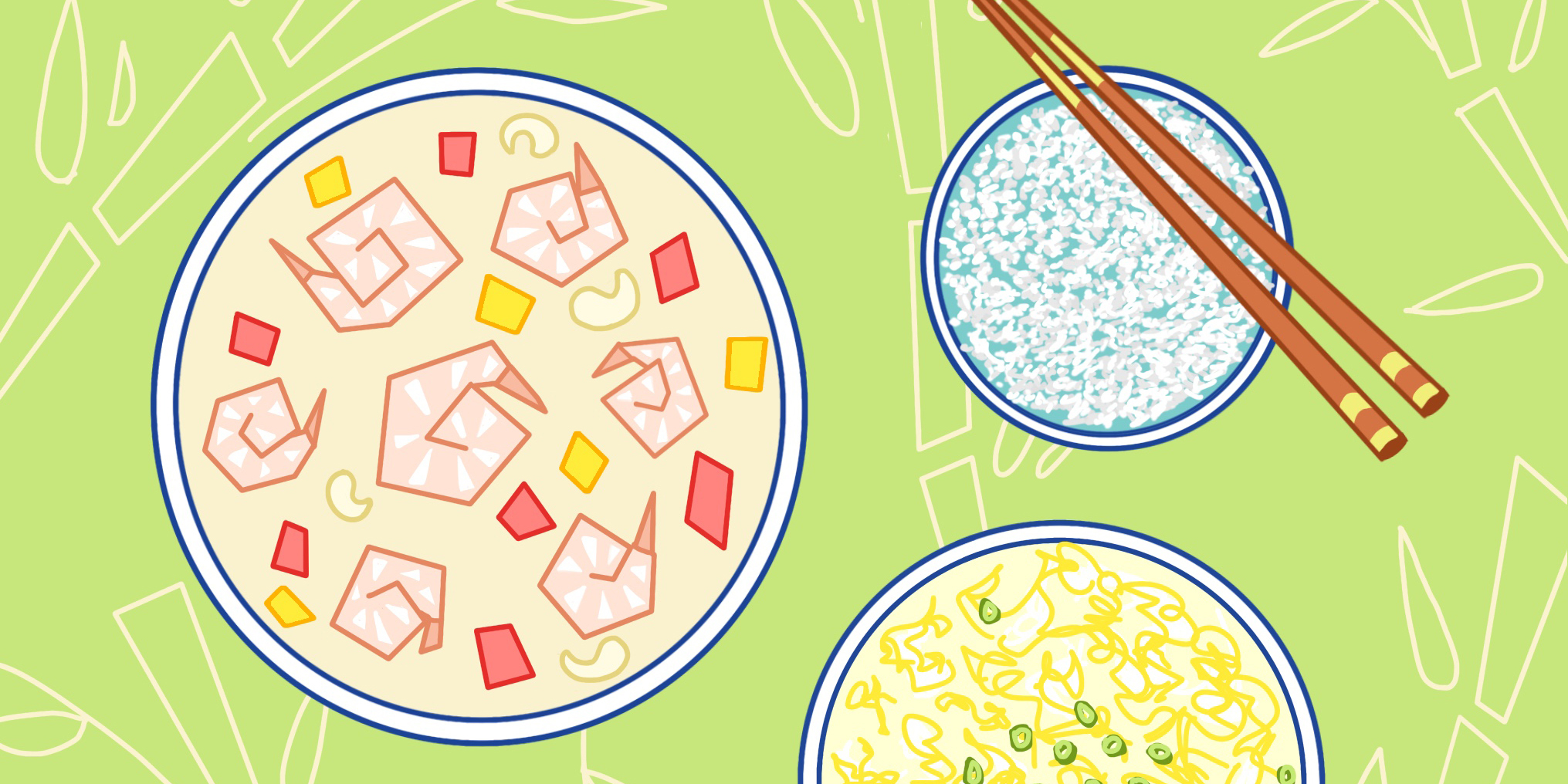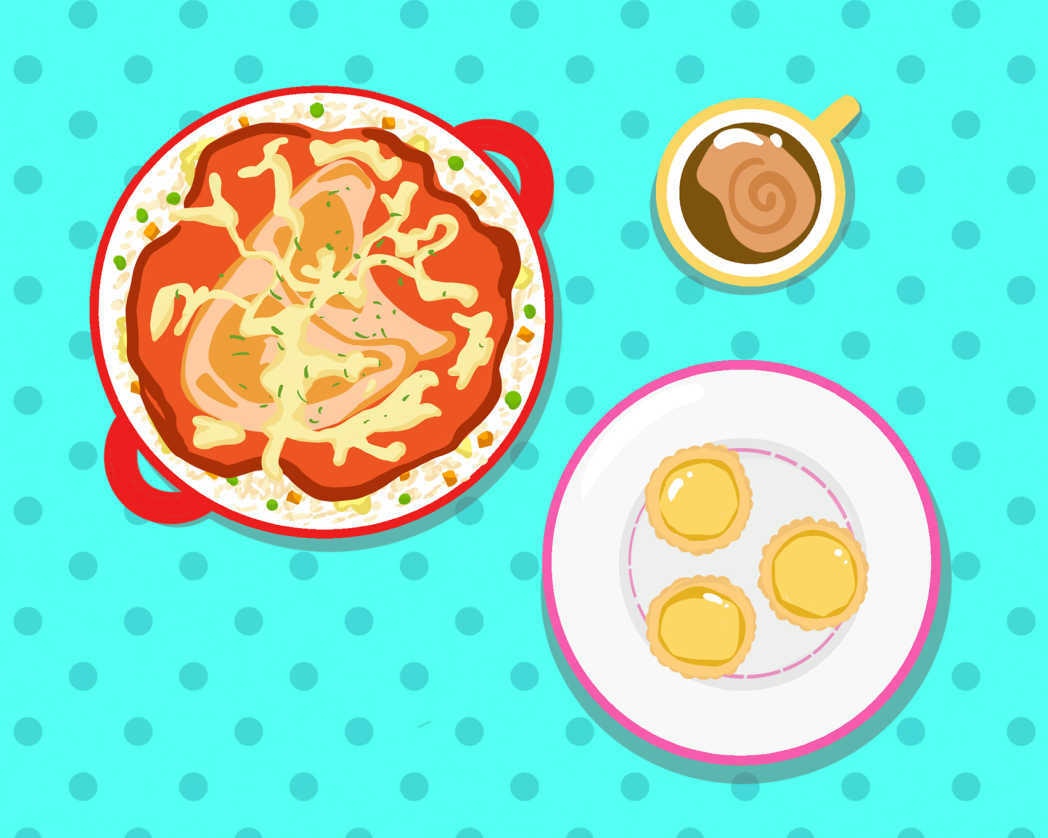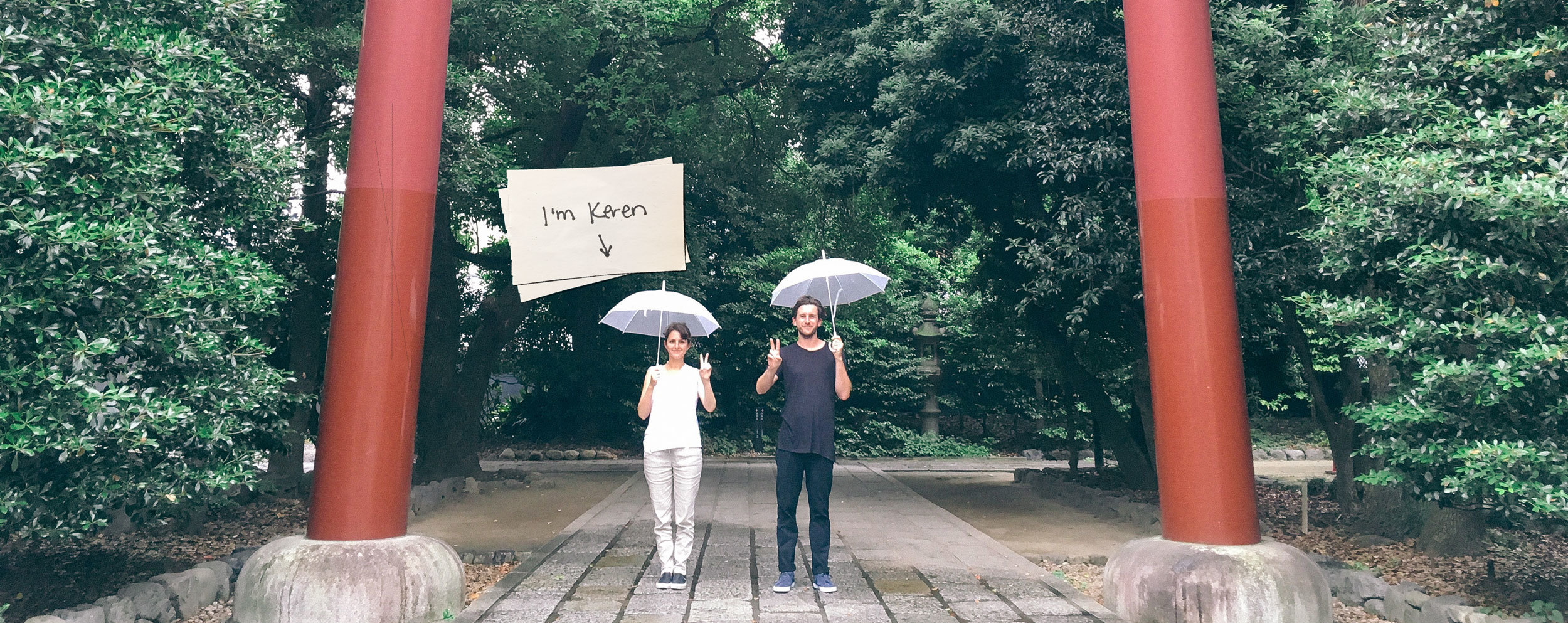This designer created a digital zine to explore culture through cooking

Lo mein. Orange chicken. Honey walnut shrimp. If you ask the average American to name some Chinese food, they might go with some of these. Where I live now, in Japan, the answer could be ramen or gyoza.
But if you were to ask someone in China, they’d laugh amiably and follow up with another question: “What part of China are we talking about?” And it’s a good question—whether the food you crave is sweet or spicy, hearty or healing, you can find it in the Chinese kitchen.
Even growing up in a Chinese family, the diversity of Chinese food came as a surprise. I thought there were two types: Panda Express and the Cantonese food that my parents cooked. It wasn’t until I traveled through China, tasting everything from spice-laden cumin lamb to tropical coconut soup, that I realized how much I was missing. With thousands of years of history, 55 racial minorities, and 9.6 million square kilometers of land, China’s food culture is incredibly diverse. I learned to embrace my heritage by learning how to stir-fry, braise, and steam.
And yet the dominant view of Chinese food in the West is not only narrow, but tinged with prejudice. Growing up in a homogenous community in suburban New York, I was no stranger to words like “oily,” “cheap,” and “gross” being applied to the food of my heritage. On the surface, this might not seem like a big deal, but it reflects a deeper judgement about which cultures hold inherent value.
I always saw this as normal—just the way things were. But as COVID-19 has spread across the globe, so has anti-Chinese xenophobia. Across the world, businesses have banned customers of Chinese descent. Racial slurs fly freely. In March, an acquaintance of mine woke up in the hospital after being attacked by strangers for no reason other than his East Asian features.
I wanted to do something to help. But what?
I’m no politician. I’m not an Instagram influencer. But I do have a few skills that turn out to be surprisingly relevant. The first, which I practice on a day-to-day basis here at IDEO, is storytelling. The second is cooking, eating, and writing about food. It turns out, the combination of the two is a powerful thing.

I’m talking about gastrodiplomacy, the promotion of cultural awareness through food. As ingredients like kimchi, harissa, and turmeric have made their way into the mainstream, they’ve become a starting point for people to take an interest in other cultures. But while I’m encouraged to see signs of that trend with Chinese food, it’s nascent at best. And I want to help it grow.
And thus Journey East, a digital zine about Chinese food culture, was born. The name is an play on the classical Chinese novel Journey to the West (西遊記), which tells the story of a Buddhist monk venturing west from China along the Silk Road. It serves both as a nod to my personal journey from America to Asia, and a reminder of my core goal of shedding light on the beauty and diversity of Chinese cuisine.

I have so much to say on the topic of Chinese food that I could easily ramble on forever. To stay focused on my core goal, I wrote a set of design principles for Journey East:
- Tell a human story. Food tastes better when you know the story behind it (I’ve always believed this, and researchers seem to think so, too). That’s why I start each issue with a history of the region and the reason I find it personally meaningful.
- Make it a conversation. There are plenty of places that will hand you a list of ingredients and tell you how to cook them. There are fewer that invite you to ask “how” and “why”. Though I don’t claim to be an expert, I always encourage readers to reach out to me personally about the recipes I publish. The resulting conversations have been my favorite part about Journey East. (In particular, one of the highlights has been seeing a friend’s vegetarian takes on the recipes.)
- Accessibility over authenticity. When it comes to food, it’s easy to get hung up on what's "authentic" or not. But much like design, some of the most innovative home cooking comes from constraints, which are visible in the incredible variety of food from the Chinese diaspora (did you know that you can stir-fry watermelon peel as a substitute for winter melon?) By starting each issue with an illustration rather than a photo, I encourage readers to think of my recipes as inspiration rather than instructions.
Launching Journey East has been rewarding in many ways. I’ve learned to pivot quickly, grown as an illustrator and writer, and expanded my culinary repertoire. After falling in love with the sambal-laden Malaysian oyster omelette and ketchup-infused Hong Kong pork chop rice, I’ve thrown out all my preconceptions about what ingredients “belong” in Chinese food. But the best part has been hearing from readers who learned something new. Opening hearts and minds won’t happen overnight, but if I can do even a little bit to help people see Chinese food and culture in a fresh light, I’ll consider it time well spent.
You can read previous issues of Journey East (and subscribe, if you’d like!) here.
Words and art
Subscribe

.svg)









